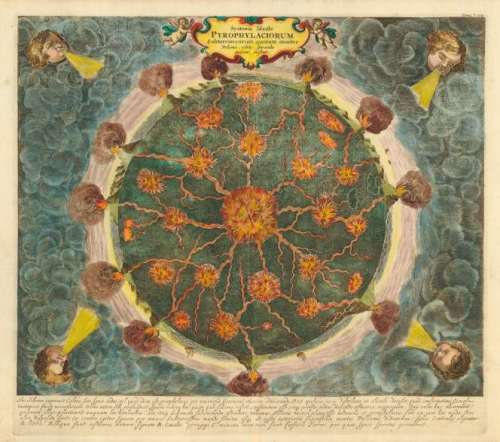Le forme della solitudine: isolamento, co-isolamento, noia e sonno
DOI:
https://doi.org/10.54103/2240-9599/18220Resumen
Man avoids solitude through divertissement because he is afraid of what staying alone entails: thinking about himself (Pascal). Furthermore, man seeks isolation in order to gain ambition and reputation (Montaigne). However, solitude is really different from isolation and it is a fundamental emotional condition. Heidegger’s analysis of the forms of boredom adapts to and relates to the specific dynamic of solitude, showing that it is a part of human being’s structure despite his experience appearing controversial. Even if man lives in modern apartments and one-room apartments, he is in a condition of co-isolation (Sloterdijk) that differs from solitude. There is a space solitude (Foucault) that involves – or can involve – human isolation, but we only experience essential solitude in sleep (Merleau-Ponty, Blanchot, Perec) where man detached himself from himself and he is really alone, from himself and the others. The forms of solitude lead the analysis towards impersonal activity.



